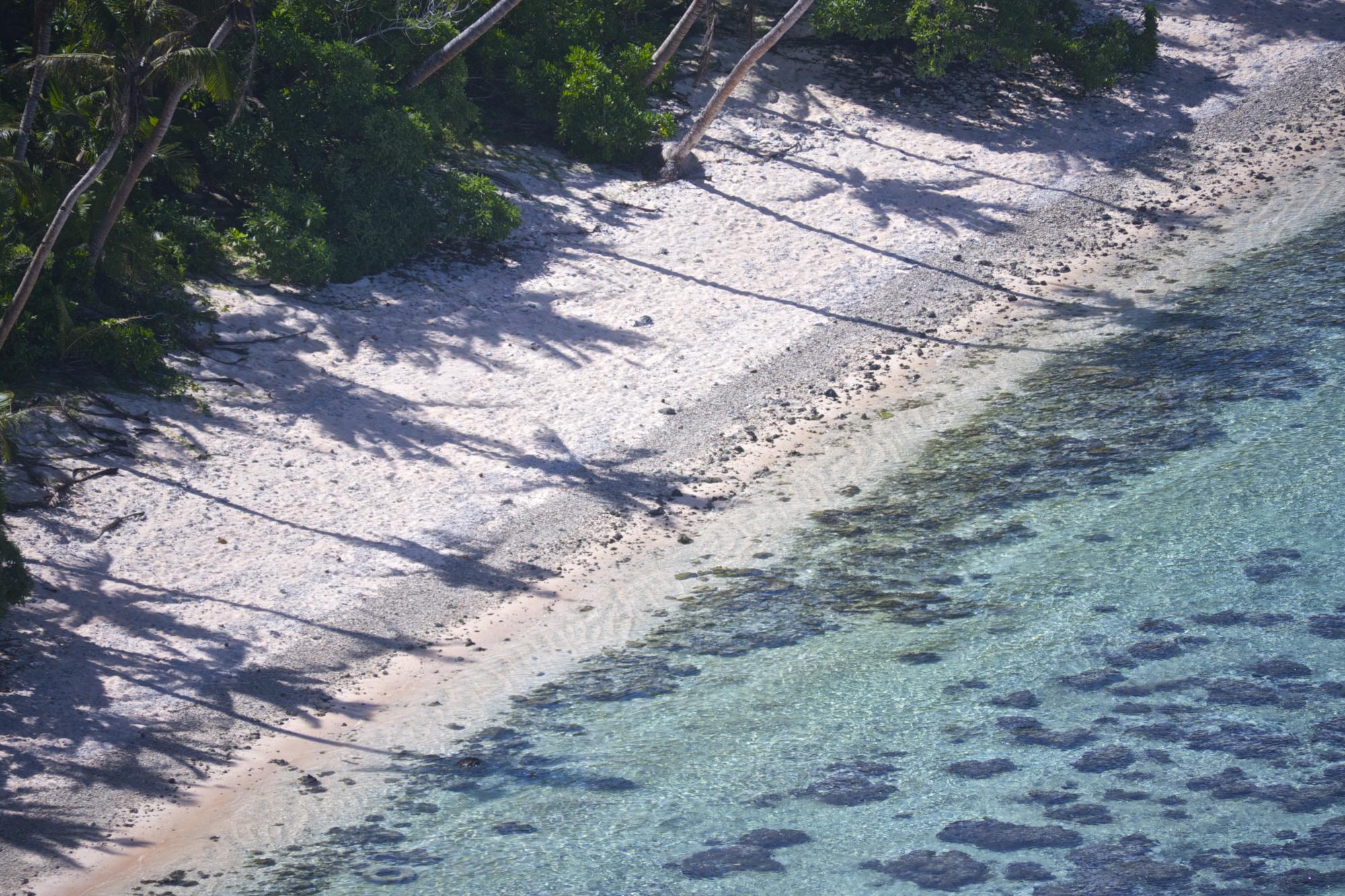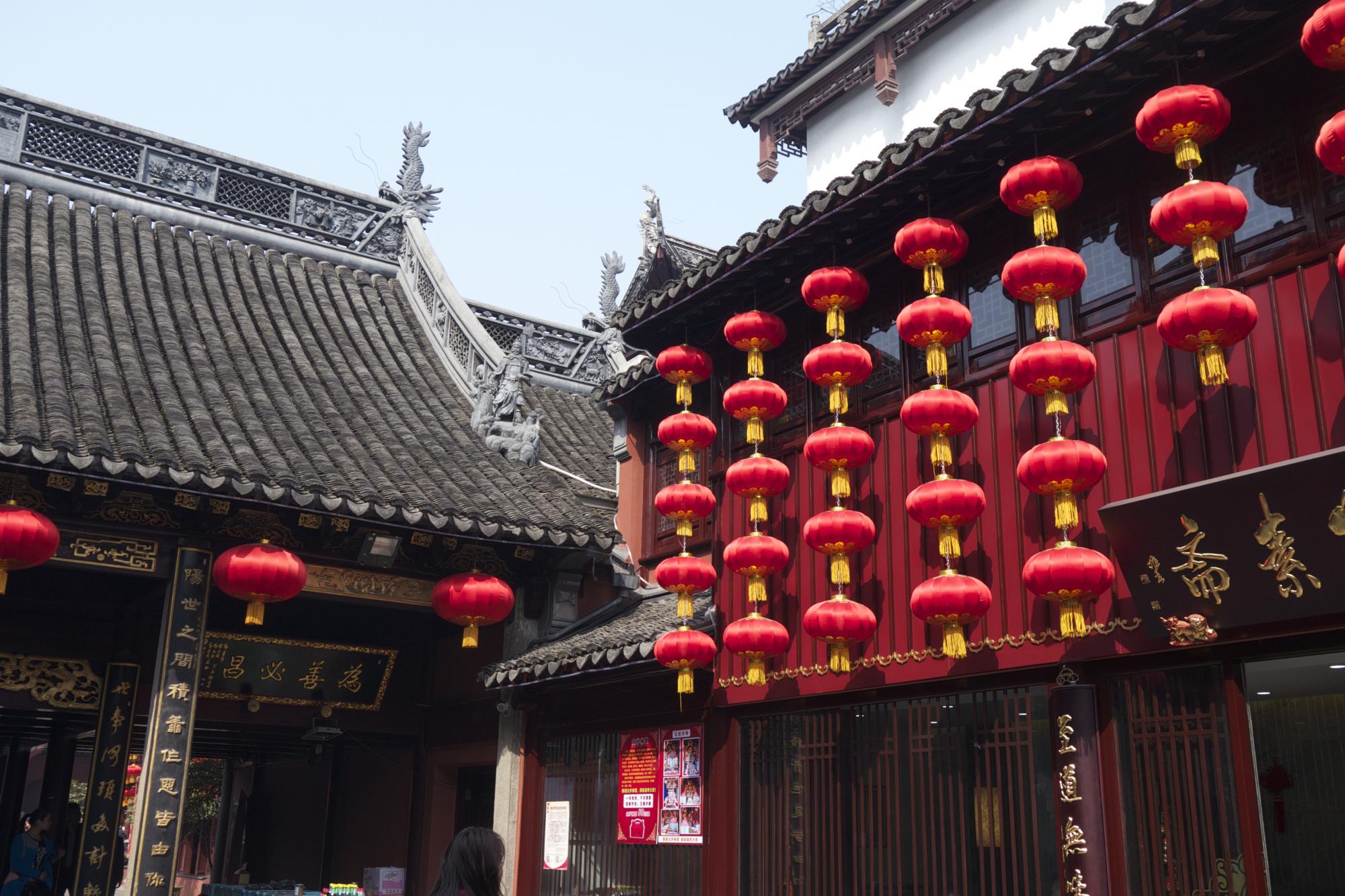
One Day in Shanghai
This past March, I spent one day in Shanghai as part of a work trip that took me to China, Japan and Guam over the span of a week.
Trips to Shanghai are difficult to come by for junior flight attendants like me, so I made sure to visit as many sites as possible during my short stay and take advantage of my mini work-sponsored vacation as best I could.
With a population of over 23 million, Shanghai is the world’s seventh largest metropolis and one of Asia’s leading economic and financial hubs. Yet, despite its global prominence, Shanghai is a challenging destination to visit. The language barrier, the lack of English signage and the sheer size of the city make it intimidating for even the most seasoned travelers.
Perhaps I should have known better. When I visited mainland China with my family in 2005, I remember how difficult it was to communicate with people in English.
But after my recent return to Hong Kong, where I had little to no problem communicating or finding my way around, I naively expected Shanghai would be similar due to its prominence as one of Asia’s most modern megacities.
But I was wrong.
From the moment I left my hotel and set out to explore Shanghai, I ran headfirst into communication roadblocks at every turn–from asking for directions, to finding a map, to ordering food. I had originally hoped to discover Shanghai on foot but, given that asking for directions and obtaining a map seemed nearly impossible, I reluctantly bought a Hop On Hop Off bus pass to help me navigate the city’s streets.
I started my self-guided adventure with a visit to the the Bund–a waterfront area of Shanghai that offers postcard-worthy views of the city’s modern skyline.
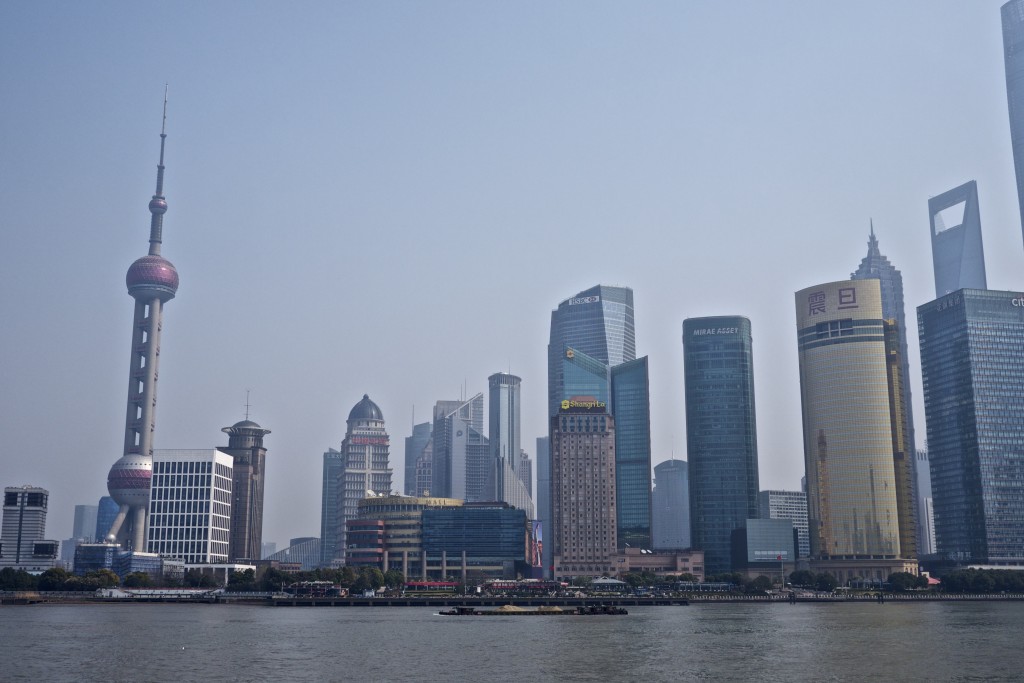
The Bund sits along the western bank of the Huangpu River. The area is renowned for housing colonial architecture that represents artistic styles ranging from Gothic to Baroque to Romanesque to Renaissance. The Bund was established as a a trading port by the British in 1846. A subsequent economic boom in the 1920s and 30s led to the construction of banks and embassies in the area and established the Bund as a political, economical and cultural center of the city.
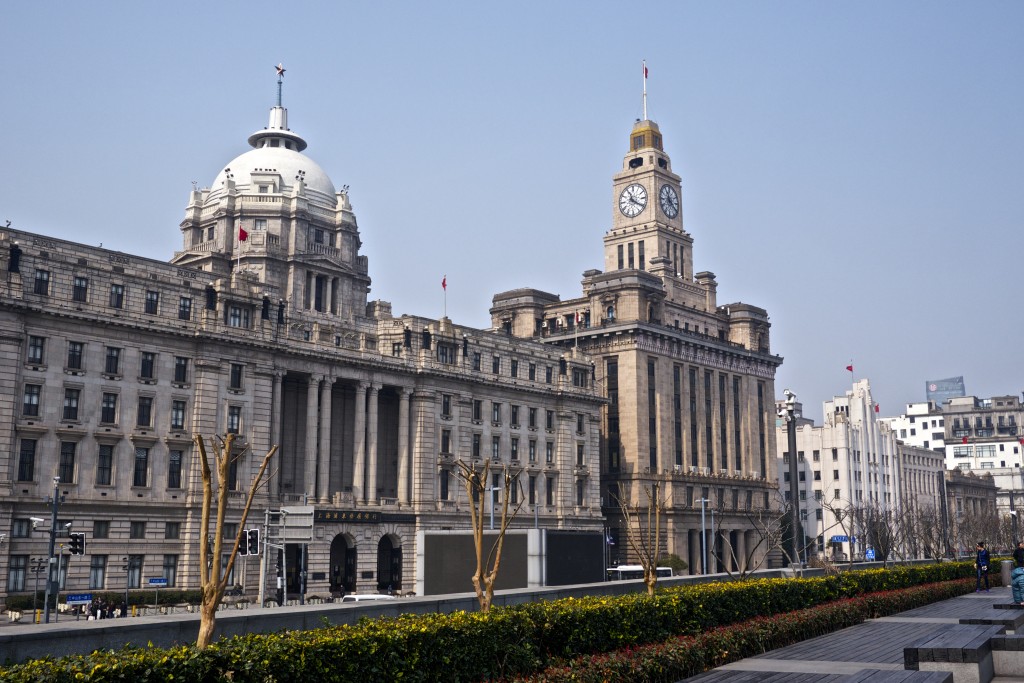
I spent about half an hour walking along the Bund and marveling across the river at the dramatic skyline that rises into Shanghai’s hazy skies. Then, I hopped back on the bus and journeyed back in time, to the traditional Yuyuan Garden that lies just a few blocks away from the hustle and bustle of the waterfront promenade.
The Yuyuan Garden is a maze of Ming Dynasty pavilions, pink-flowered trees, koi ponds and footbridges that are enclosed by an undulating dragon-shaped wall. The shrines and pavilions in the garden are prime examples of traditional Chinese architecture–with their upswept roofs, intricate carvings and decorative motifs. Though flooded with throngs of tourists, walking through the garden is a peaceful and aesthetically pleasing distraction from the concrete and glass buildings that dominate much of Shanghai.
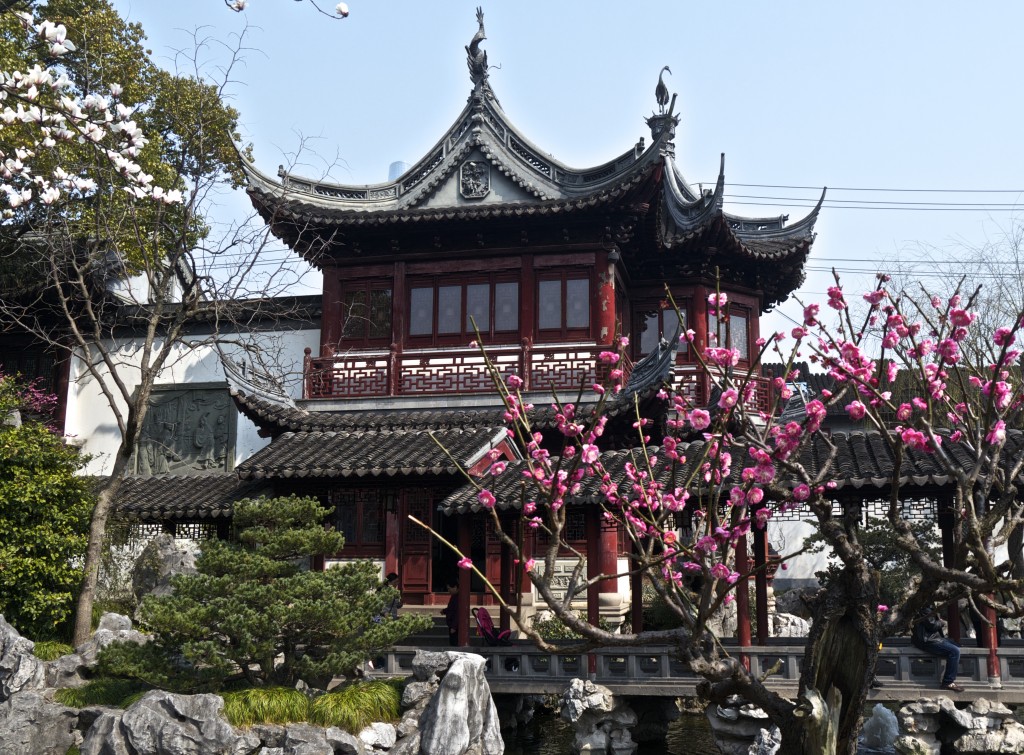
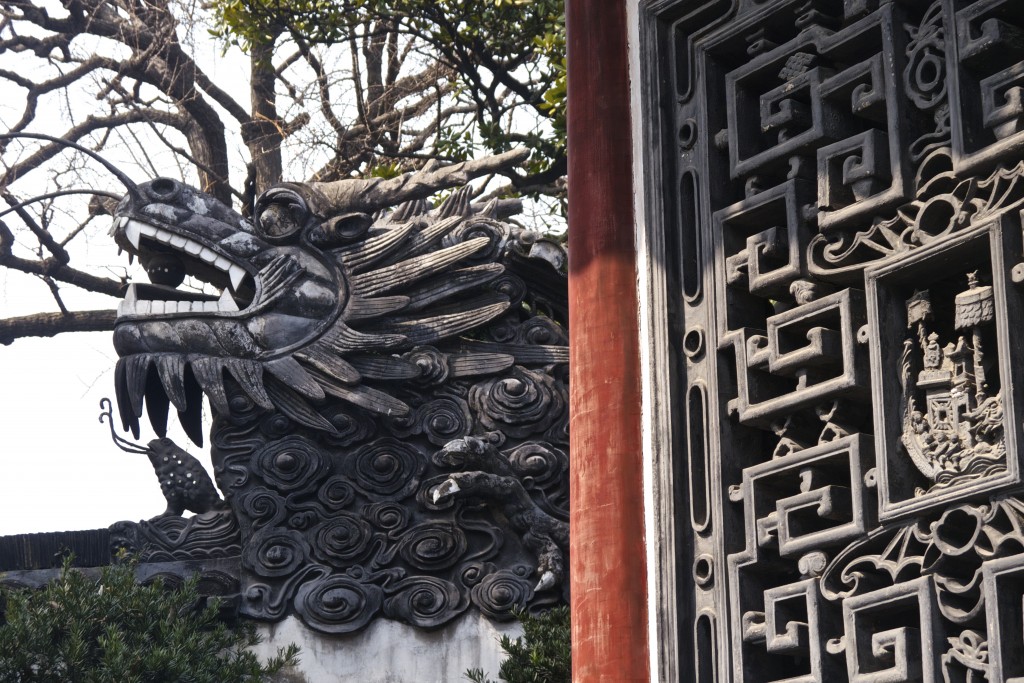
The Old Town Bazaar that surrounds Shanghai’s most famous garden contains Ming Dynasty teahouses, stalls of street food, shopping pavilions and the beautiful City God Temple. And while some might call it a tourist trap due to its conglomeration of restaurants and kitschy souvenir shops, I found it a fantastic place to get a feel for what Shanghai’s architecture must have been like before the city’s rapid industrial and economic boom.
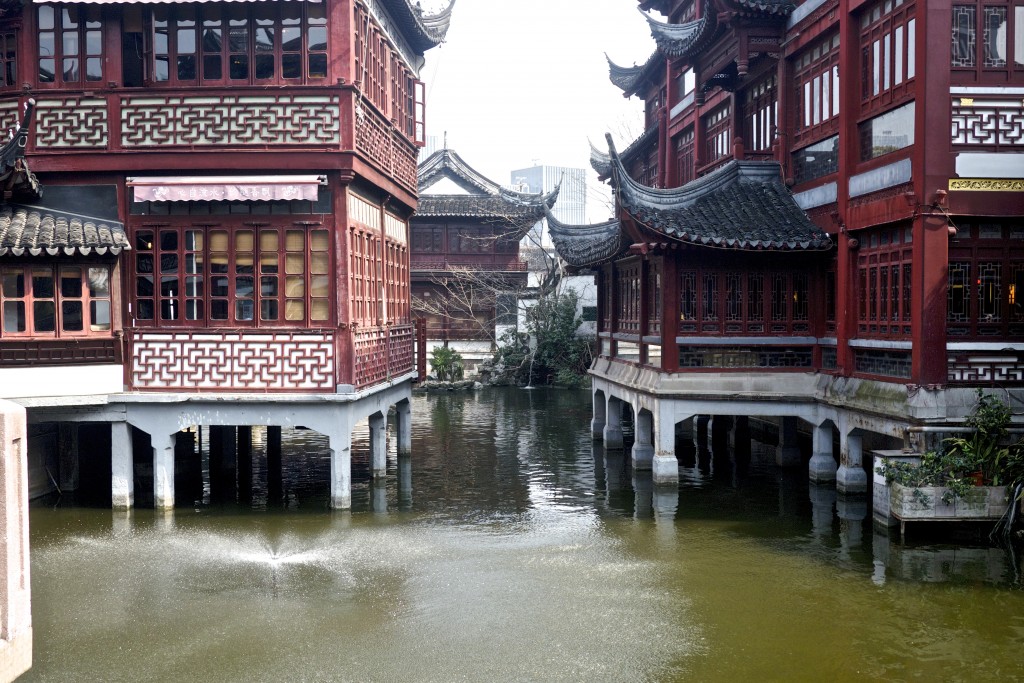
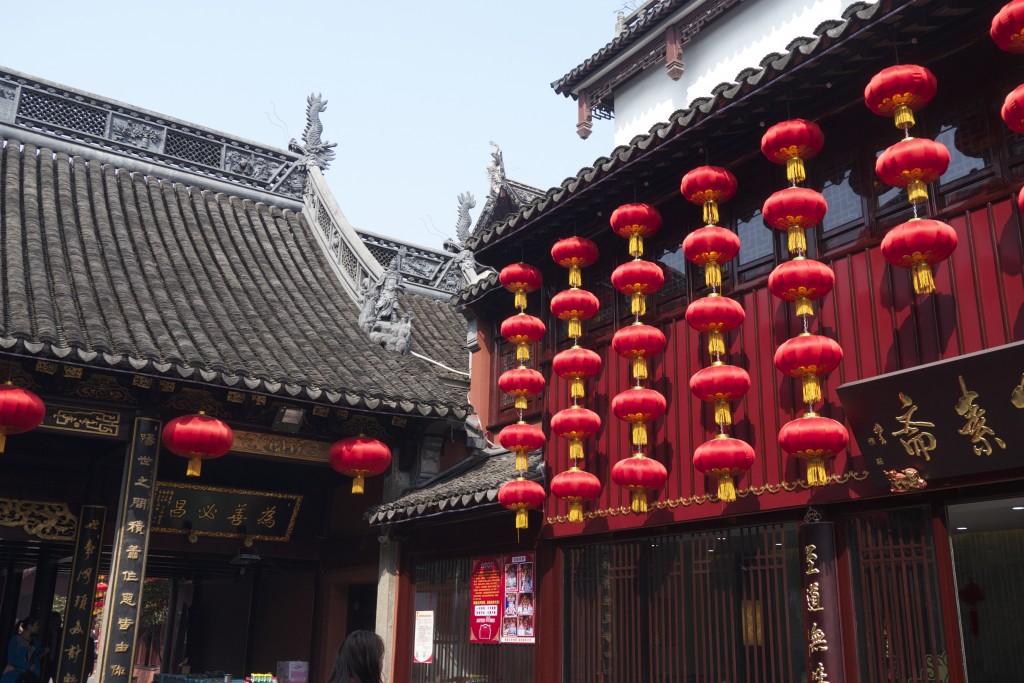
I spent a few hours exploring Old Shanghai, before heading a few blocks East toward the upscale and chic French Concession–an area of the city that gives legitimacy to Shanghai’s claim as the Paris of the East.
The French Concession is an area of Shanghai that was administered by the French government between 1849 and 1946. With tree-lined avenues, western-style brick buildings, cozy boutiques and outdoor cafes, I felt worlds away from the manic bustle of Shanghai and its 23 million inhabitants.
And for once, I didn’t feel completely lost in a maze of illegible street signs and unnavigable streets.
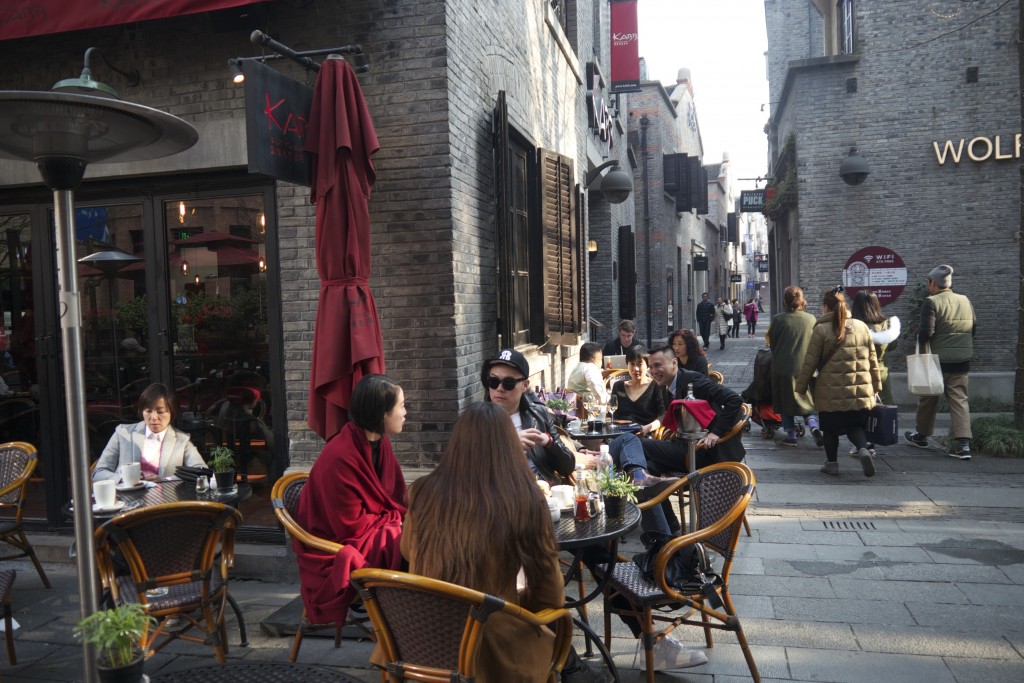
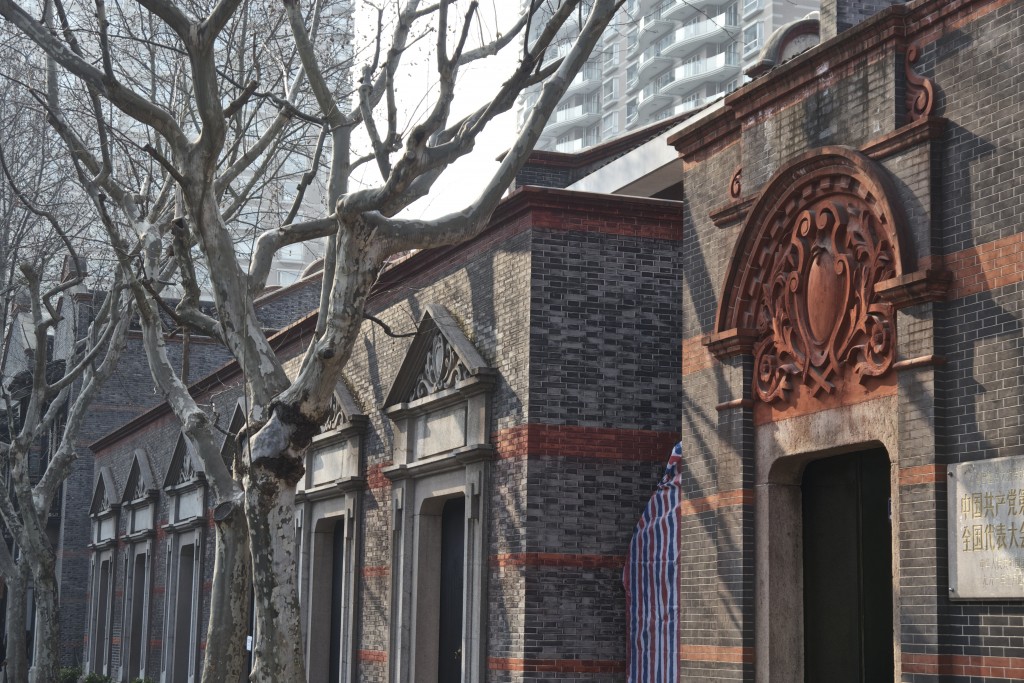
In the late afternoon, I hopped on the bus one last time and headed toward Nanjing Road. Nanjing Road is to Shanghai what Shibuya is to Tokyo. It is a frenzied shopping district full of advertisements and lights that is a delight for those who, like me, enjoy watching daily life unfold before their eyes.
Filled with everyone from teenage shoppers to camera-toting tourists to families taking a casual stroll down the city’s premier pedestrian avenue, Nanjing Road is a beehive of activity. Since I wasn’t interested in shopping, I sat down on a bench, observed the chattering passersby and watched the neon signs flicker on, one by one, as dusk enveloped the city.
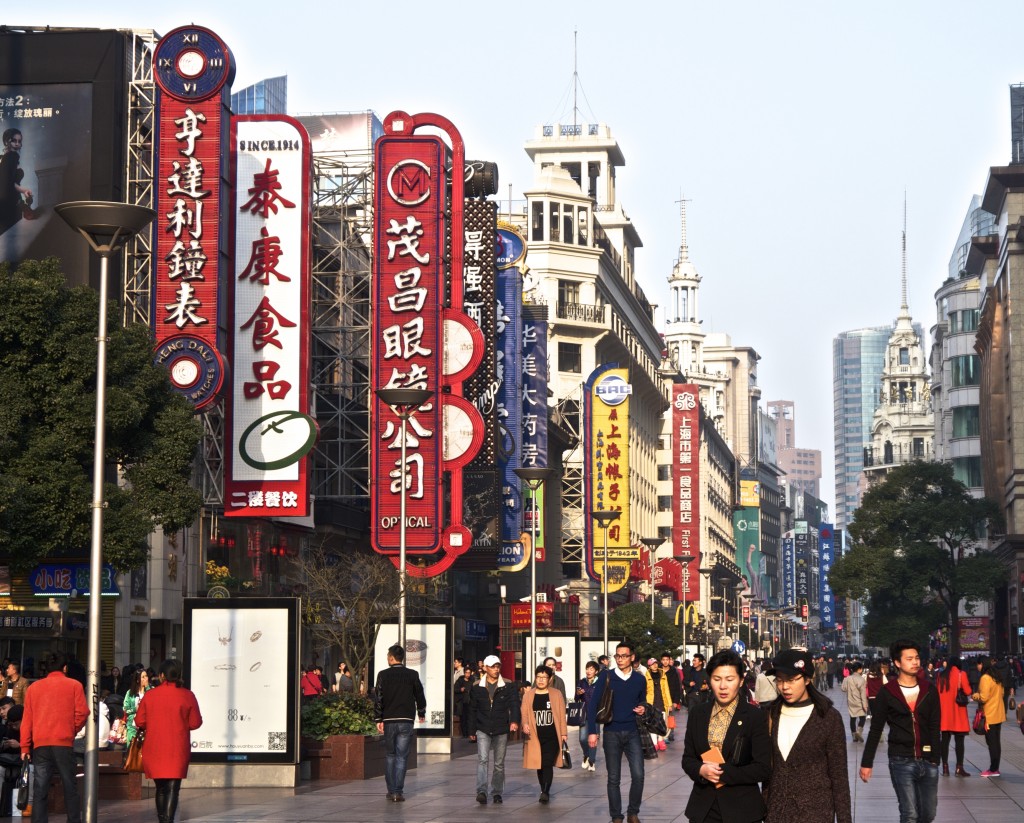
Finally, when my eyelids grew heavy from a mixture of jet lag and lack of sleep, I pried myself away from the bench and wandered down Nanjing Road toward my hotel–returning briefly to the Bund for a glimpse of the city’s infamous skyline at night.
And once again, the view of Shanghai’s skyscrapers and its iconic Pearl Tower did not disappoint.
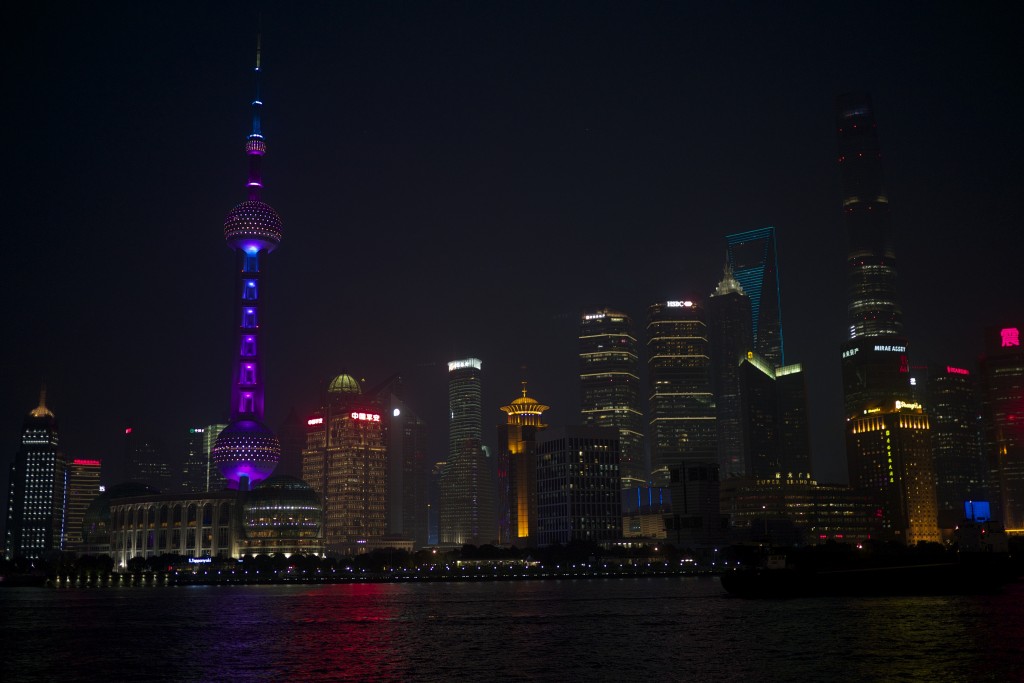
Though at times difficult and frustrating to navigate, the Pearl of the Orient is a fascinating and rewarding place to visit. The city’s modern skyscrapers rise out of clouds of industrial smog and lie just blocks away from ancient temples, colonial relics and historic neighborhoods that are waiting to be explored.
I wish I could have spent more than one day in Shanghai but, alas, it was time to go back to work. So I went to bed and prepared for leg two of my week-long work trip across the Pacific–trading in my winter coat for a swimsuit, my walking shoes for flip-flops and one of the world’s largest cities for the tiny Micronesian island where America’s day begins.
